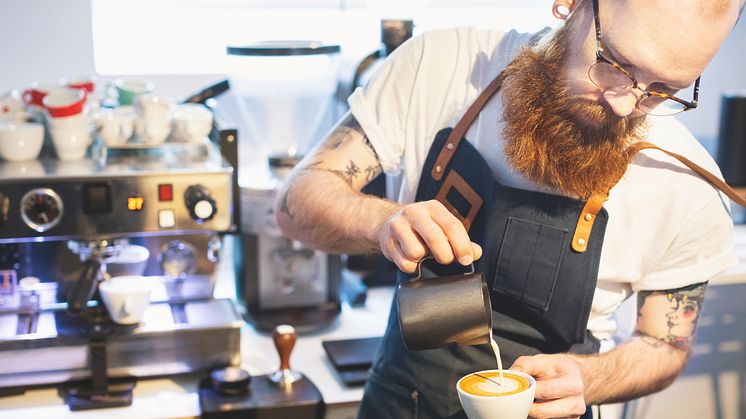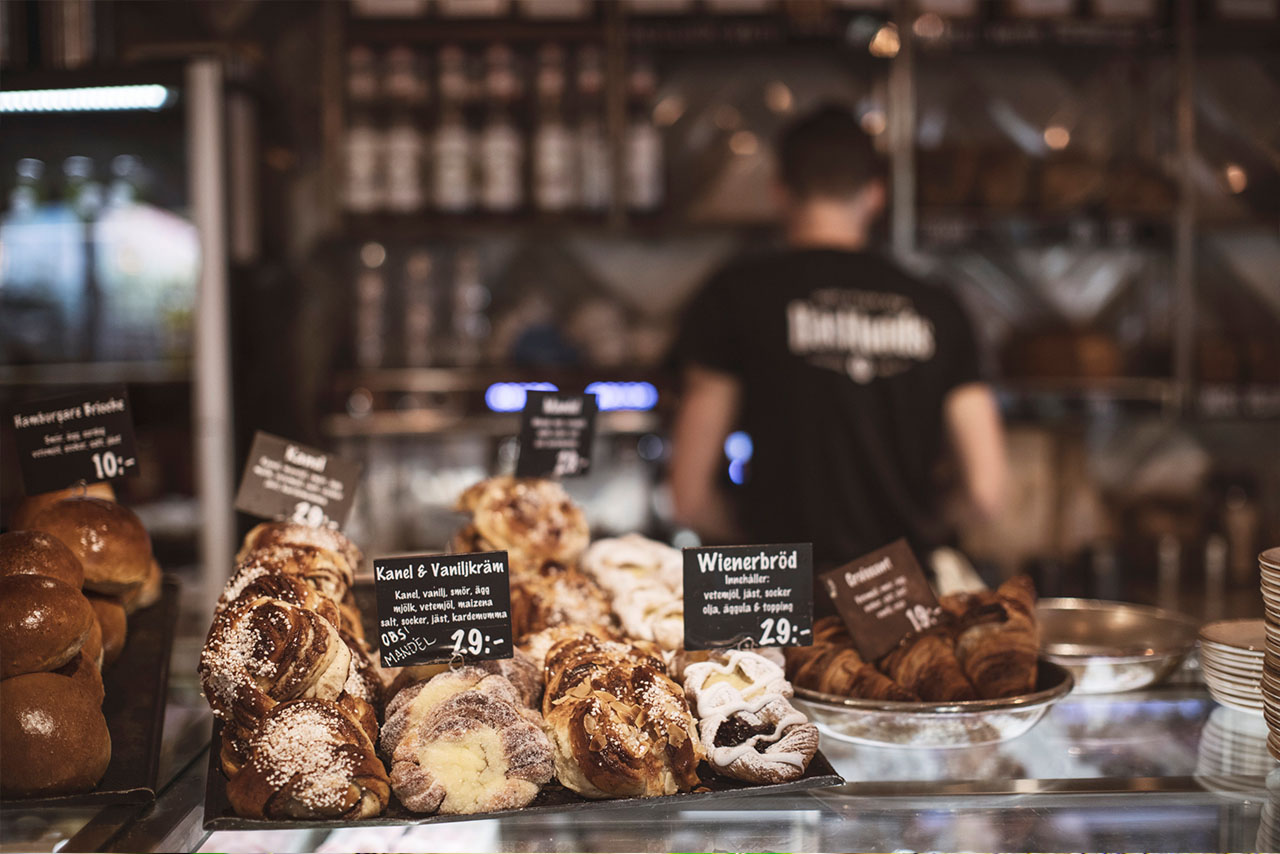
Blog post -
Feel the brand
When we finally emerge from our homes, after months of shopping from the couch, we will most likely look for brick-and-mortar experiences that gives us new impressions. Here are some examples on how you should take in all our senses to account when building your brand in a brick-and-mortar store.
Why is it that we expect a certain type of music in a jeans shop? And how is it that we notice instantly when the music might be “wrong”? We perceive our environment with all our senses, and the sensory stimuli triggers feelings within us. But does the sensory impressions influence my will to shop?
SENSE AND SENSIBILITY
Have you ever wondered why you feel a certain way about a certain brand? In most of the cases, it is a well thought out brand strategy behind your reactions and feelings. Entering for example a Starbucks you anticipate a certain kind of mood and atmosphere, and sometimes that feeling is worth more than the actual coffee.
In the retail universe, the constant challenge is to transform creativity and inspiration into profitability. The practice of designing a store environment in order to charge your brand with additional values is called “atmospheric”, and was coined by researcher Philip Kotler in the 1970’s . He stated that the atmosphere in the brick-and-mortar store was sometimes more important for generating sales, than the products on the shelves. In the book “Sensory Marketing” the authors cite multiple studies that highlight the importance of connecting with your customers through more than just your sense of sight. After all, while Facebook ads and flyers might catch your attention for the moment, other senses can supplement that initial interaction, and strengthen the way people feel about your brand. It's hard to deny the evidence of our senses - it doesn't feel like we're being influenced when we feel.
WITH THE RIGHT BEAT
When watching a movie, the soundtrack to the film makes up for a large part of the experience. Something you are likely to find out if you watch the film on mute. Music conveys feelings and a rhythm, that we sometimes do not think about. We just feel it.
For many years, research has suggested that music is a powerful tool in creating an atmosphere and affecting the customers behaviour. A study from 2011 found that shoppers in grocery stores bought more when the music was slower, and they bought even more when the music was in a minor key. One hypothesis the researcher offered was that the minor key, which humans tend to associate with feeling blue and sad, spurred buying behaviour, since shopping can trigger the brain to release dopamine — an instant boost of happiness.

SMELL - THE SENSE OF MEMORY AND DESIRE
While a catchy jingle, or the right playlist, might get stuck in our heads for a while there are other points to consider too. The sense of smell is closely linked with memory, probably more so than any of our other senses. This because the limbic system in the brain, responsible for processing smells, is also in control of our memories and emotions.
Smell is the closest thing human beings have to a time machine. Use the right scent as part of your sensory marketing tactics, and you could instantly transfer your customers back to i.e. a childhood memory. Many retailers, within different application areas, has chosen to enhance their brand experience with a signature smell in their brick-and-mortar stores. One example is Australian swimwear and clothing brand Tigerlily, that scents its stores with coconut and lime. The two elements were chosen and blended to offer a summery scent, reminding the customers of a perfect beach holiday.
FEEL THE LIGHT
So, now we hear and smell the brand. But in which light do we see it? Lighting plays an important role in the store design, primarily to guide the customers through the store in a safe an attractive way. It is also used to draw attention to specific products, and allows for a better examination and appreciation. But the most important part it plays is a creator of mood. The goods on display will only touch people’s emotions if they are presented in the right light.
The right lighting generates an atmosphere that helps customers relax, get comfortable or excited – if that is the mood desired. The light setting for a cosy bar is not the same as for a white goods store, where you wish to create two different kind of moods. To decide what kind of atmosphere you want your lighting to create, think about how you want customers to feel when they walk in your store. Warm, soft lighting can make people feel relaxed and comfortable, such as in the Louis Vuitton flagship store in London.
So, all in all, we are only humans. And as such we respond immediately to sensory stimuli. And remember, in the right light, at the right time, everything is extraordinary.
